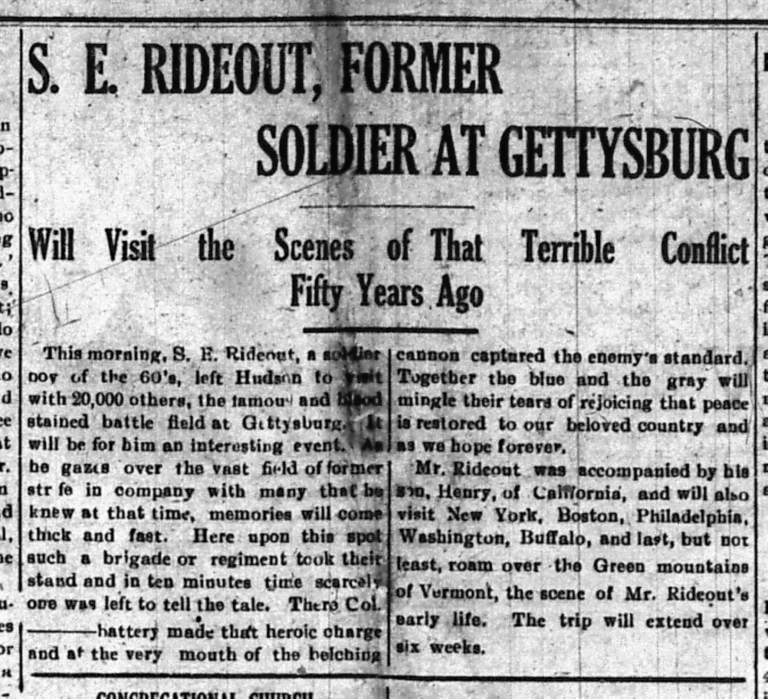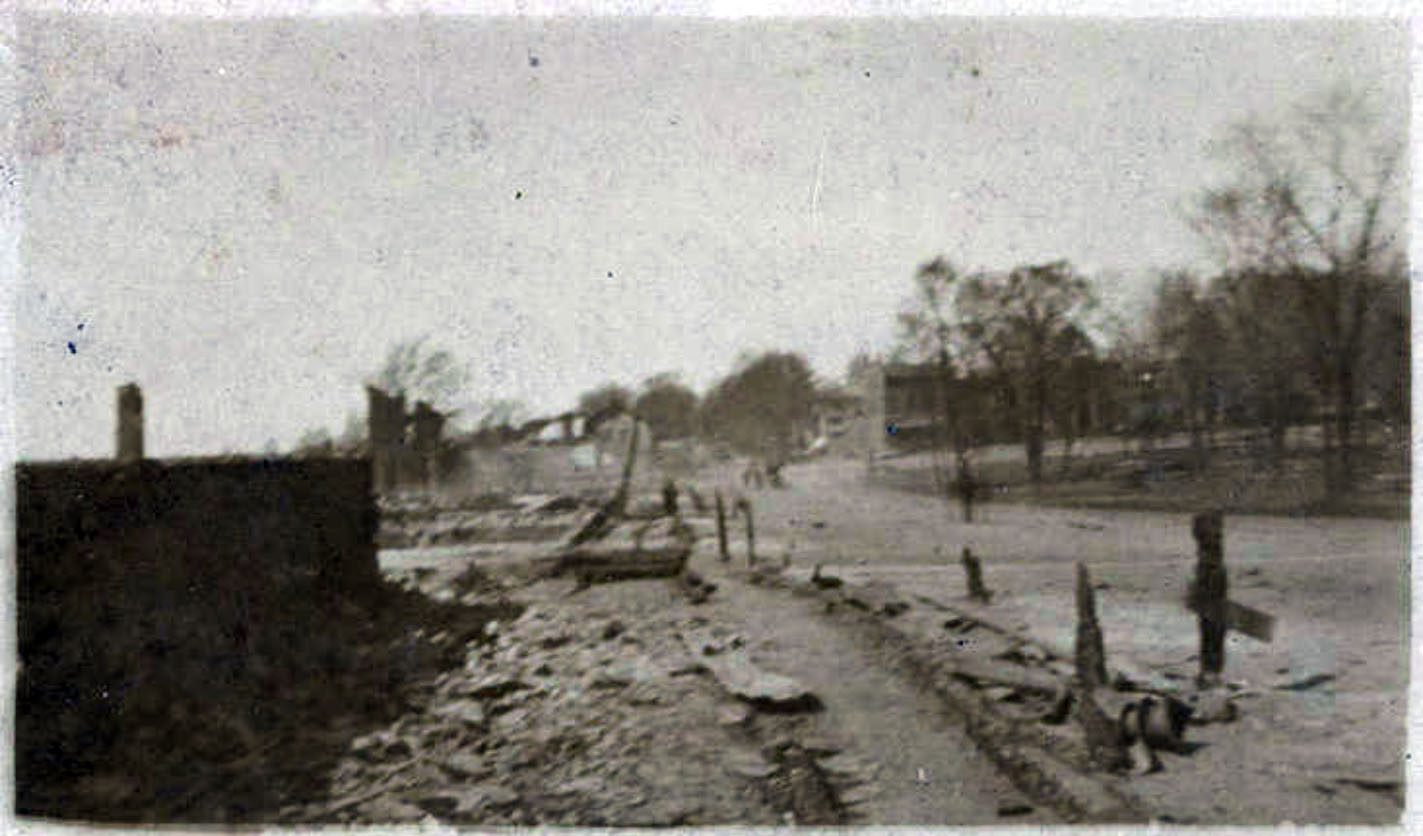Amid World War I, Hudson naturalist Raymond Rush (1875-1954) made an unusual yet crucial contribution to the government’s poison gas research: snails.
Rush’s interest in the natural world was first piqued while working with other Hudson naturalists Alfred Pettingell (1837-1914) and Dr. Franklin Hodge (1833-1909). Rush helped to add to their shell and bird egg collections and his lifelong passion was born.
Rush enrolled in medical school to learn more about comparative anatomy*. He eventually returned to Hudson with medical degrees from three institutions: Case Western, Ohio Wesleyan and Ohio State. He opened his own medical practice, but soon discovered that the natural world was his true calling. As he states: “I found that my business interfered more and more with my hobby, until at last I had to give up my business altogether” (Hudson Times, July 1954, p.1)
Rush soon gained a national reputation for his ecological knowledge. He served as Member of the American Microscopic Society, The Ohio Academy of Science, The American Association for the Advancement of Science, and was an associate member of the New York Museum of Natural History. He also served for three years as field biologist for the United States Department of Forestry.
Rush’s peculiar contribution of snails to the U.S. government played a crucial role during World War I. Harvard University referred the War Department to Rush because of his reputation. For almost a year, Rush sent the United States government laboratories 600 wood snails a week to use for poison gas experiments. As a result of these experiments, Dr. Paul Bartsch of the Division of Mollusks in the U.S. National Museum (now the National Museum of Natural History) discovered that mollusks could detect mustard gas well before humans:
“The slugs would visibly indicate their discomfort by closing their breathing pores and compressing their bodies, and soldiers in the trenches would quickly put on their gas masks to protect themselves from harmful levels of gas. The “slug brigade” ended up saving many lives.” Leah Tams, “How did animals (even slugs) serve in World War I?,” National Museum of American History, https://americanhistory.si.edu/explore/stories/how-did-animals-even-slugs-serve-world-war-i Retrieved December 14, 2024.
Rush also contributed his knowledge and expertise to the Hudson community. He grew many rare species of plants in his vast nursery, which he often shared, and was known to give gardening advice to neighbors. Rush was always the first to be called for animal emergencies: “If a wounded animal was found anywhere for miles around, someone brought it to Dr. Rush and it would be cared for (Hudson Times, Friday, July 2, 1954, page 2.).” In the 1940s, Rush served as scientific advisor of the Western Reserve Academy natural history museum and taught students how to collect, classify, and arrange material.
Dr. Rush continued to be an encyclopedia of knowledge for the community until passing away in 1954. Dr. Rush’s dedication to both the war effort and his fellow citizens highlights his extraordinary legacy as a lifesaver and a cherished member of the community.
*Comparative study of the body structures of different species of animals to understand the adaptive changes they have undergone during evolution from common ancestors.Jul 2, 1954, Page 1
Learn More
MANUSCRIPT COLLECTIONS
Rideout family Papers
Collected papers, artifacts, and photographs of the Rideout family of Hudson, Ohio.
OTHER RESOURCES
Summit Memory: 55 Oviatt Street
The Grimm-Rideout House was built in 1879. Gustave Grimm (1850-1914), the first owner, founded G.H. Grimm Manufacturing Co., also known as the Champion Evaporator Works. Grimm’s company was the world’s leading producer of maple syrup equipment for 114 years. He also installed the first gasoline street light in Hudson at the corner of Aurora and East Main streets. Later owner Samuel Rideout (1841-1928), a Civil War veteran, was the first of several generations of his family to live here.





